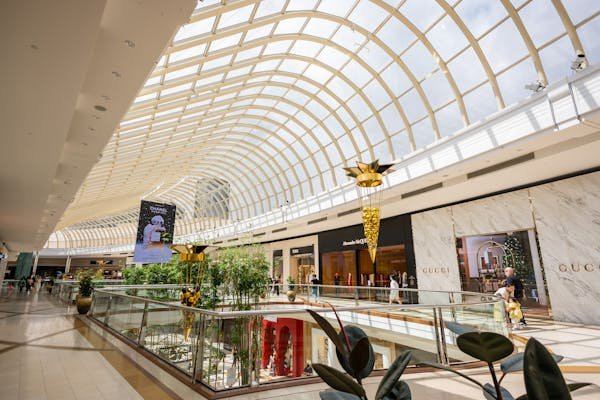Introduction
A glass roof is a captivating architectural feature that seamlessly combines the aesthetic beauty of transparency with the practical benefits of natural lighting. Often used in residential homes, commercial buildings, conservatories, and even vehicles, glass roofs have evolved from luxury additions to sought-after design elements that symbolize modern living. Whether installed as skylights, full-roof panels, or partial structures, they create a visual connection between the indoor and outdoor environments, bringing in ample daylight, offering spectacular views of the sky, and enhancing the spatial experience of any setting. This article explores the versatility, benefits, challenges, and future of glass roofs across various applications.
The Architectural Appeal of Glass Roofs
One of the most compelling reasons people choose glass roofs is their striking visual impact. Glass roofs add a contemporary flair to any building by introducing an open, airy feeling that traditional materials like tiles or concrete cannot replicate. From minimalistic designs in urban apartments to elaborate glass domes in public spaces, these roofs act as architectural statements that elevate the design language of a structure. Architects often use glass to blur the boundary between interior and exterior, giving occupants the feeling of being connected with nature even while indoors. The use of tempered or laminated glass ensures safety and strength, while tinted or frosted options allow for customization without compromising privacy or style.
Natural Light and Energy Efficiency
A significant benefit of glass roofs is their ability to flood interiors with natural light, reducing the need for artificial lighting during the daytime. This not only enhances the ambiance of the space but also contributes to energy efficiency by lowering electricity bills. Modern glass roofs are typically constructed with double or triple-glazing and advanced coatings that help regulate heat gain and loss, thereby improving thermal insulation. In colder climates, this can mean warmer interiors during winter months, while specialized coatings can reflect excess solar radiation in warmer regions to maintain comfort. Moreover, exposure to natural light has been linked to improved mood, productivity, and overall well-being, making glass roofs both an environmentally and psychologically smart choice.
Types of Glass Roof Installations
There are various types of glass roof installations, each designed to suit different needs and aesthetics. Fixed glass roofs are permanent structures often used in atriums or living rooms to provide consistent daylighting. Retractable glass roofs offer flexibility, allowing users to open or close them depending on weather conditions, and are popular in restaurants, patios, or swimming pools. Walkable glass roofs, made with reinforced materials, serve as both ceilings and flooring for upper decks. Curved and sloped glass roofs are favored for their dramatic appeal in high-end architecture. Each type comes with distinct installation requirements, structural support needs, and maintenance considerations, which must be addressed during the planning phase to ensure safety and performance.
Challenges and Maintenance Considerations
While the benefits of glass roofs are impressive, there are also several challenges to consider. The most notable is temperature control, as unregulated glass structures can lead to overheating in summer or heat loss in winter if not properly insulated. Maintenance is another concern, as glass roofs can accumulate dust, debris, and water stains, requiring regular cleaning to maintain clarity and aesthetics. Bird droppings, fallen leaves, and snow accumulation may also pose issues, especially in certain geographic areas. Advanced self-cleaning coatings and automated shading systems have been developed to address these problems, but they may increase the overall cost of installation. Additionally, professional installation is essential to prevent issues like leaks, condensation, or structural weaknesses.
Glass Roofs in Automobiles and Transportation
Beyond architecture, glass roof are making a mark in the automotive industry as well. Panoramic sunroofs and full-glass tops have become popular in luxury cars and electric vehicles, providing a sense of openness and improved passenger experience. These automotive glass roofs are engineered with UV-resistant materials and integrated sunshades to offer comfort and protection. They often include layers of soundproofing to reduce noise from rain or wind and may even feature smart technologies like dimmable glass. The use of lightweight yet strong materials ensures that these roofs do not compromise the vehicle’s structural integrity or fuel efficiency, making them a blend of form and function.
Future Innovations and Sustainability
As sustainability becomes a central concern in design and construction, glass roofs are evolving to meet new environmental standards. Innovations such as solar glass, which can generate electricity while allowing light to pass through, are redefining the purpose of roofing systems. Smart glass that adjusts its opacity based on sunlight intensity or user preference is also gaining traction, offering both energy savings and comfort. With advances in material science and digital technology, the future of glass roofs looks promising, especially in green buildings and net-zero energy projects. Their ability to integrate seamlessly with solar panels, rainwater harvesting systems, and natural ventilation mechanisms highlights their potential as a core element of sustainable architecture.


